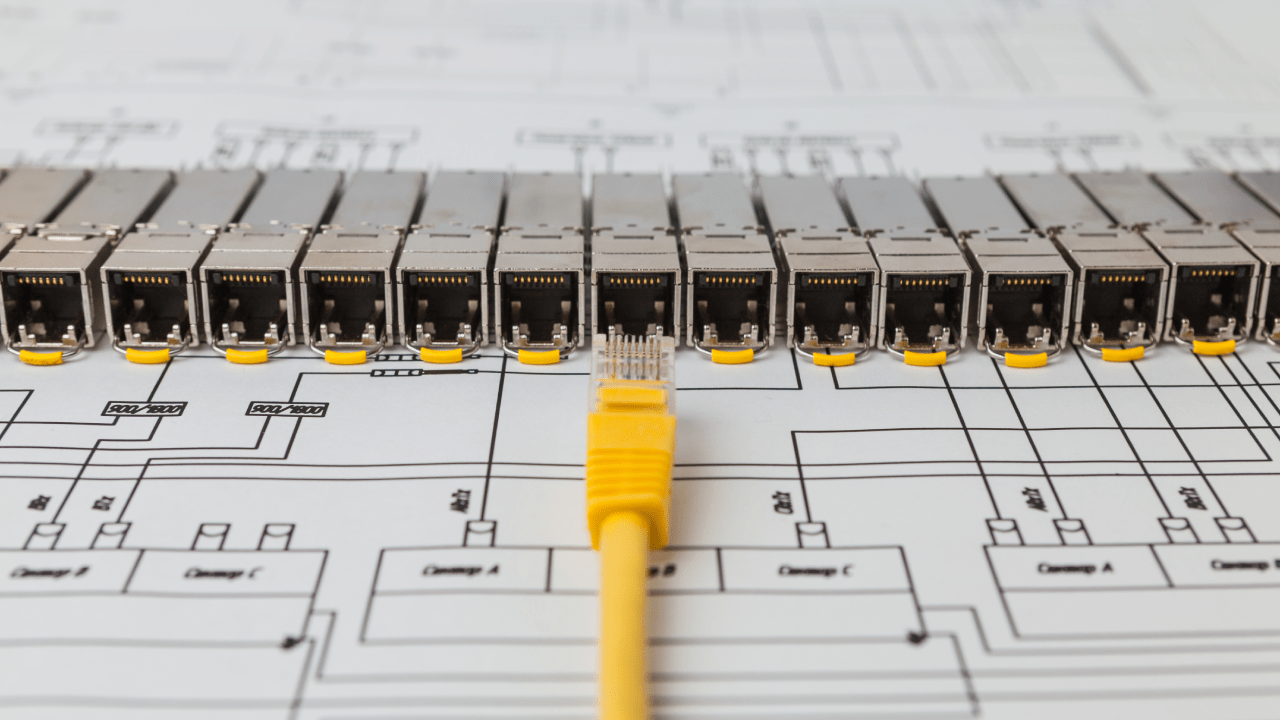Top 6 Things that Should be Done Before Developing a GPON Project

The topic of FiberLAN is probably not unknown to many of the professionals in the telecommunications sector. Growing available information on this subject, including GPON, can be valuable not only for its informative role but also as a tool to help professionals make better decisions.
Every case should be approached as its own, due to context specifications. However, we leave in this article, some tips on care to have before investing and developing a GPON project.
Why FiberLAN/GPON?
Today, fiber is the most reliable, inexpensive, safe, and limitless telecommunications technology known. As bandwidth demands increase, there is a need to get closer and closer to fiber users and their requirements, replacing traditional local networks with fiber networks.
Since fiber is a telecommunications channel with no known limit, network evolution can be achieved by changing the equipment at the ends, without needing to replace the infrastructure itself, as it was with traditional local networks.
And last but not least, fiber networks are extremely simple and versatile, passive and sustainable, allowing great savings in resources: less materials, equipment, people and, consequently, less costs.
Top 6 Things to be Considered Before Developing a GPON Project
If you have already gone through a decision process and your choice is to implement a fiber network, you should consider the following things before moving forward:
1. Have a very clear idea about the potential of GPON technology and the advantages that this new type of network will bring you, identifying the capabilities of both the passive network and the active equipment.
2. Receive a transparent budget, with separate quotations for: active equipment, passive network materials, services, and manpower.
3. Make a precise and detailed GPON project of how you want your network to be divided and distributed, evident identification of where the network equipment and devices will be placed, and mark the network’s management locations
4. Have a detailed plan of how the construction will proceed. Verify if the arrival of materials and active equipment are according to that plan and that there are no surprises. It is better to have a larger but realistic plan, than a plan that is attractive but impossible to fulfill.
5. Guarantee that the partner that carries out the project delivers an effective network documentation. By documentation we mean: equipment manuals and datasheets of the materials installed, blueprints and drawings of the installed network, and network diagrams that allow the management to be effective and not something that becomes obsolete after a short time of operation. This is one of the most important points, as this information is what will enable the correct operation and expansion of the network.
6. Ensure the existence of local capacity for support and maintenance, especially of active equipment, both in terms of configurations, and the replacement of equipment in case of a malfunction.
Final Considerations
Fiber optic networks, as mentioned earlier, are somewhat common networks today, so they should not be considered as a technology of the future, unattainable and that no one knows how to work with. In fact, it is a technology of the future in terms of expansion and potential.
We'd also like to leave the note that, despite being optical fibers, there are available solutions in the market, materials and equipment with a very good cost-benefit ratio, where the most expensive is not necessarily the best.
Never consider just one option. Look for alternatives and choose a partner that shows themselves to be reliable, trustable, with a great know-how. The partner that clearly has all the information you need to know, is the partner that knows what they are doing.


